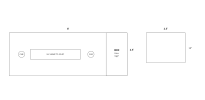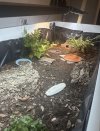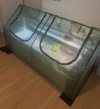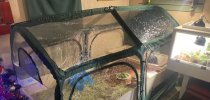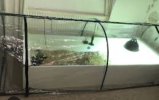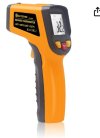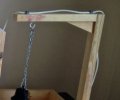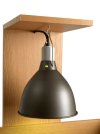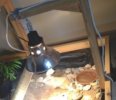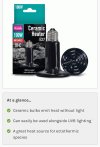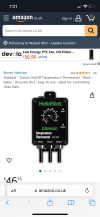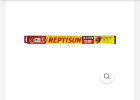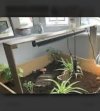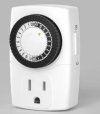GingerRaph
New Member
This is for an 8yo cherry head that lived his whole life in a small aquarium. I have an outdoor space I am working on for him but for nighttime and colder days I build a 2.5' x 8' indoor enclosure. Right now it just has linoleum for the floor. I was thinking of making a box on one end that I can remove if needed for him to hide out in and then also have two CHEs on a thermostat and a 24" T5 UV lamp. Thoughts? What should I do differently with the space? Drawing not to scale. Right now it's a open top, but I am going to build a sliding lid to help keep the heat in.
